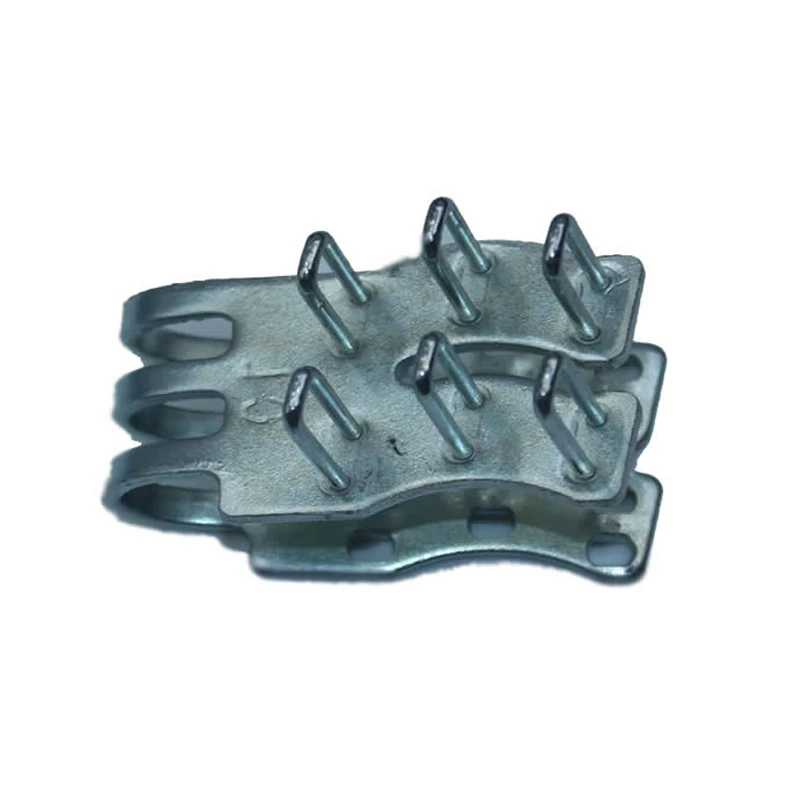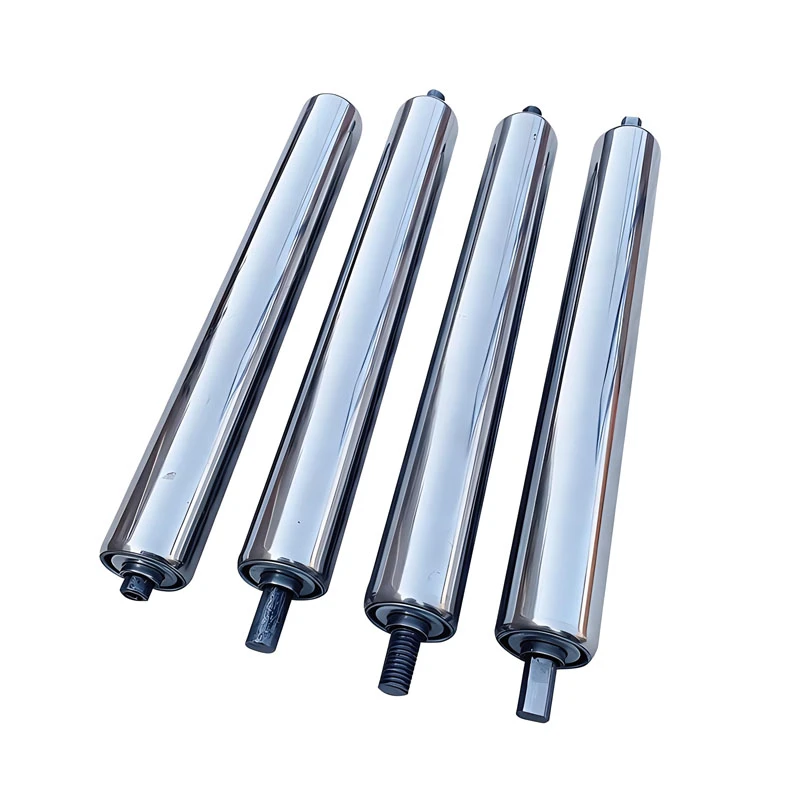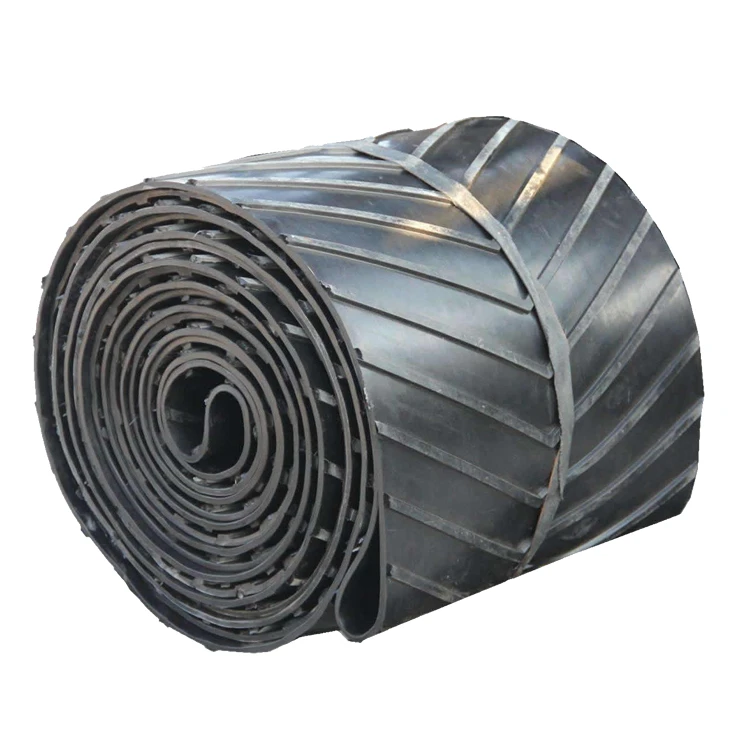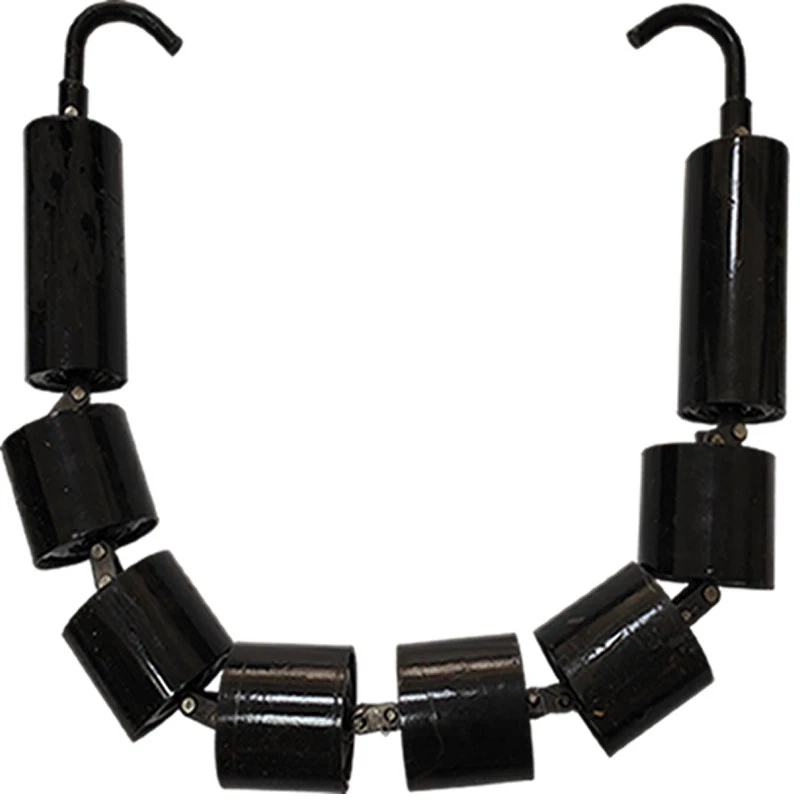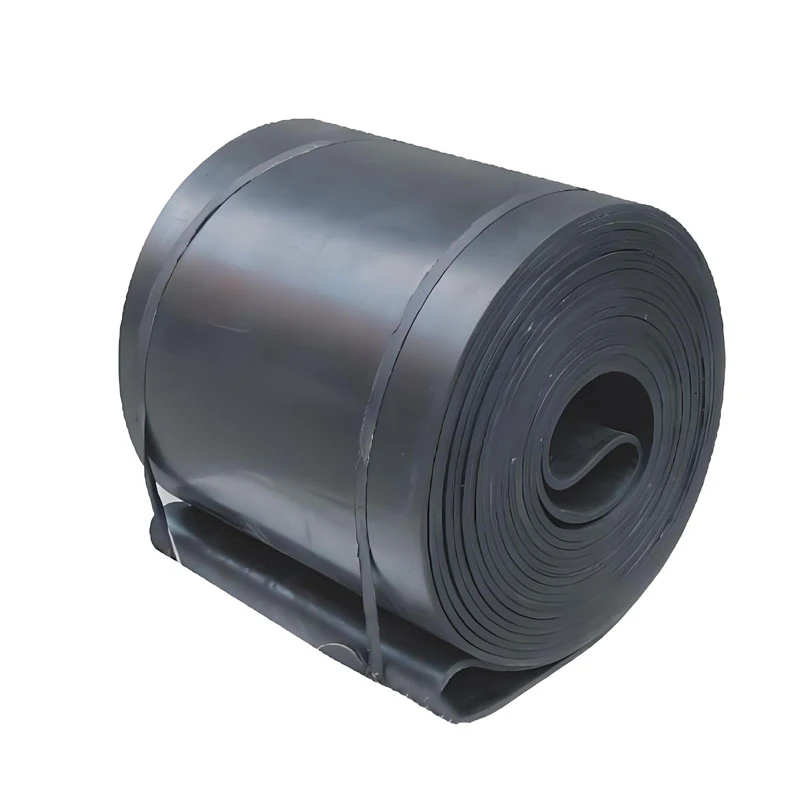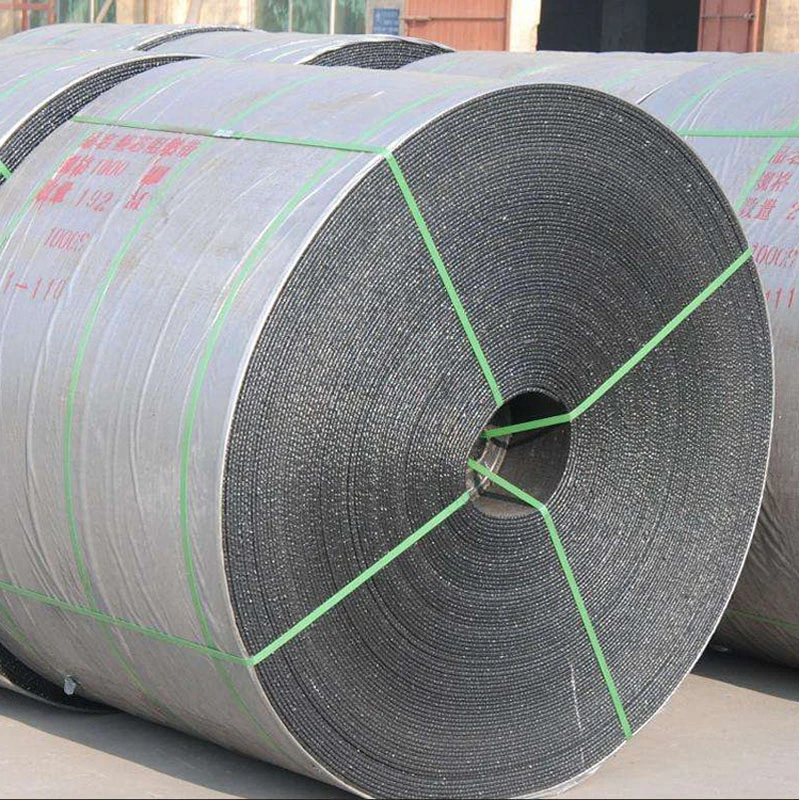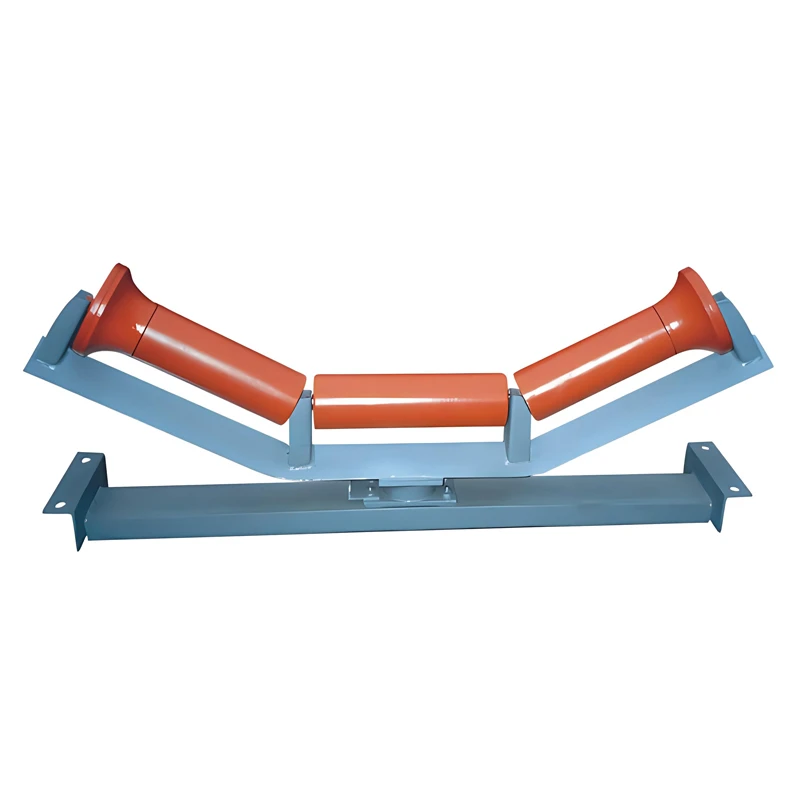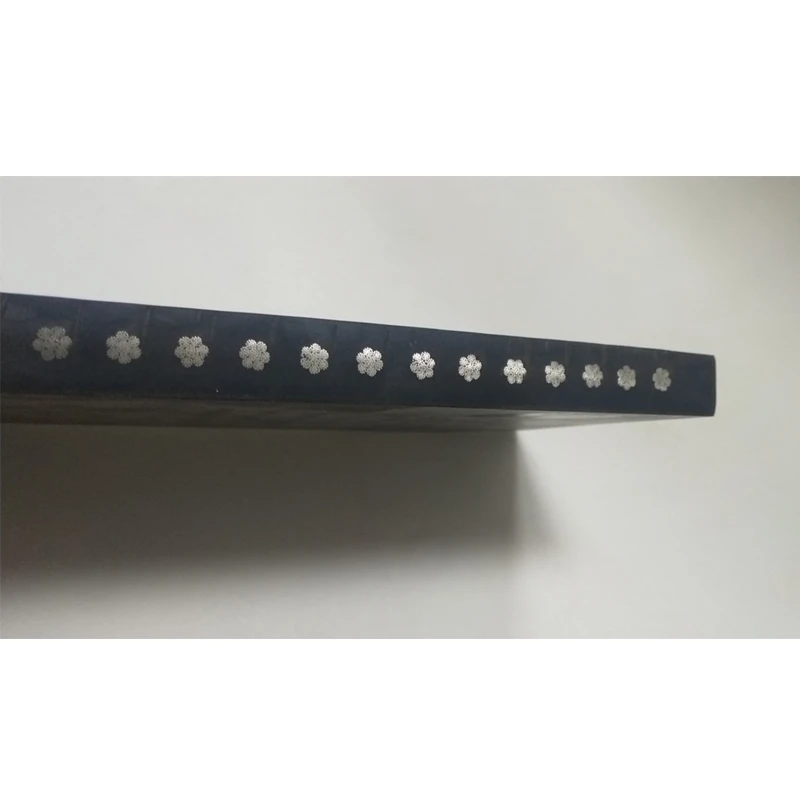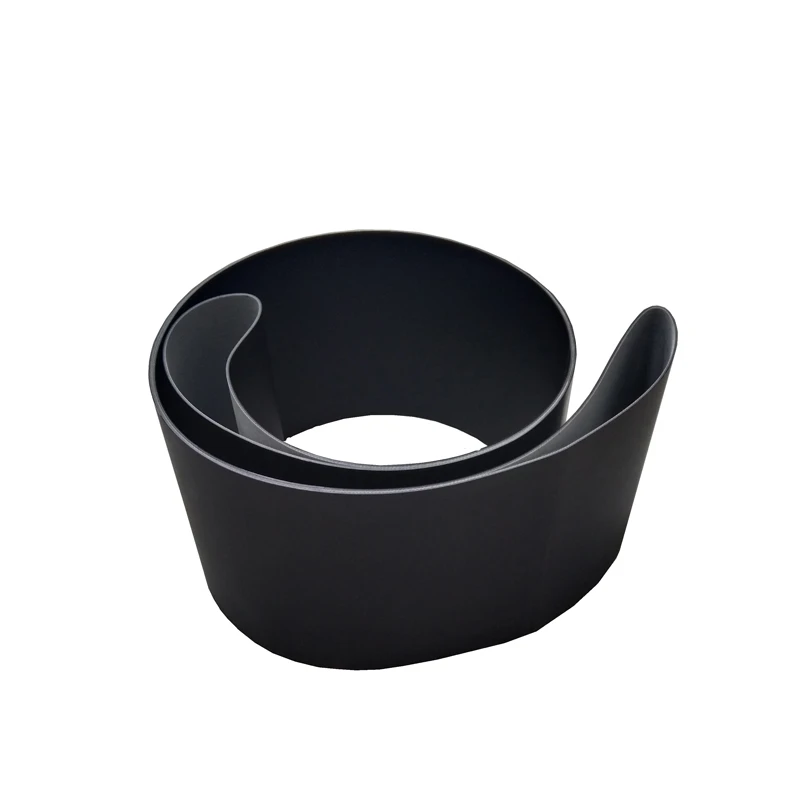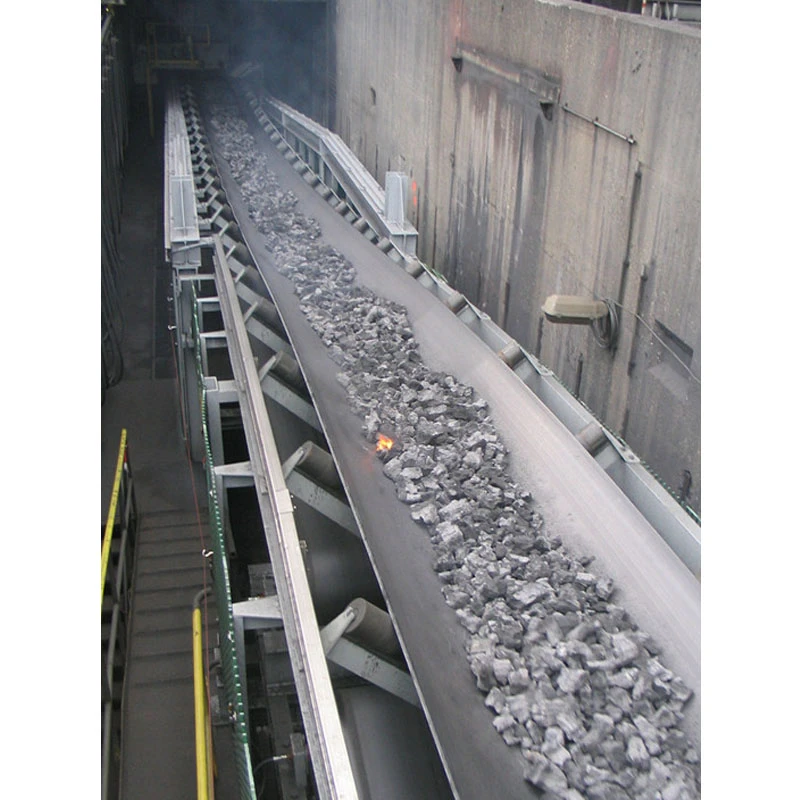- Fundamentals of conveyor motor selection parameters
- Calculating torque and power requirements
- Technical advantages of optimized motor selection
- Manufacturer performance comparison analysis
- Custom motor engineering solutions
- Application-specific implementation case studies
- Best practice implementation guidelines
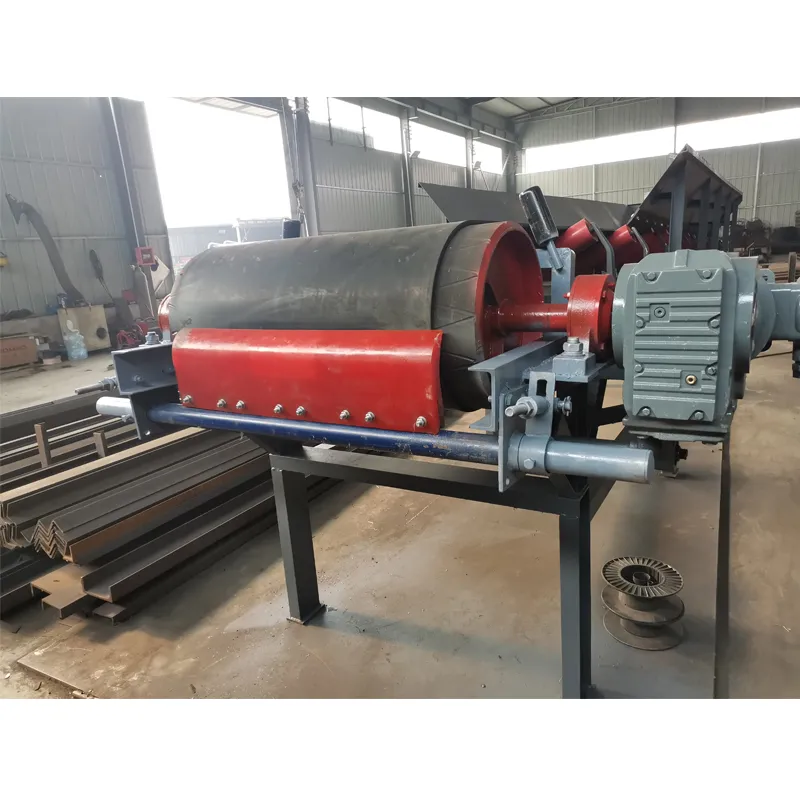
(conveyor belt motor selection)
Conveyor Belt Motor Selection: Critical Parameters
Selecting appropriate drive motors requires understanding conveyor mechanics. Belt friction (μ=0.02-0.05), material density (up to 3,000 kg/m³), incline angles (0°-30°), and acceleration requirements (0.1-0.3 m/s²) dictate motor specifications. Neglecting operational environment temperatures (-40°C to +150°C) causes 47% premature failures according to ISO 5293 standards. Continuous duty cycles demand IP65-rated motors as baseline protection against particulates.
Torque and Power Calculation Methodology
Power requirements derive from fundamental physics: P=(m×g×μ×v)/1000 (kW) where m=total load (kg), g=gravity (9.81 m/s²), μ=friction coefficient, v=velocity (m/s). For inclined systems, add Pincline=m×g×sinθ×v/1000. A 10-meter horizontal conveyor moving 500 tons/hour at 2 m/s typically needs 7.5-10 kW after accounting for 85% drive efficiency and 2.2 service factor. Underestimation causes 68% maintenance issues as per CEMA B105 standards.
Engineering Advantages Through Precision Selection
Optimal motor specification reduces energy consumption by 22-35% according to US Department of Energy audits. Key performance enhancements include:
- Regenerative braking systems recover 15-18% kinetic energy during deceleration
- Integrated variable frequency drives enable 40% speed adjustment without efficiency loss
- Class H insulation extends service life by 3.2 years in thermal cycling environments
Torque density improvements allow compact motors delivering 15% more power within same frame sizes since 2020.
Technical Specification Comparison
| Manufacturer | Efficiency (%) | Starting Torque (%) | Cost per kW ($) | Service Factor | Noise Level (dB) |
|---|---|---|---|---|---|
| ABB | 96.2 | 170 | 117 | 1.25 | 68 |
| Siemens | 95.8 | 160 | 124 | 1.20 | 71 |
| WEG | 94.7 | 185 | 98 | 1.35 | 73 |
| Toshiba | 95.3 | 155 | 109 | 1.15 | 69 |
Premium motors show 11% higher initial cost but deliver 3.2-year ROI through reduced downtime and energy savings.
Customized Engineering Solutions
Specialized applications require tailored modifications for reliability:
- Food-grade conveyors utilize stainless steel housings and NSF-certified components
- Mining operations require WEG's extreme-duty motors with 230% overload capacity
- Explosive environments demand ATEX-compliant designs with TEFC enclosures
Modular torque packages enable retrofitting existing systems with 85% installation time reduction.
Real-World Implementation Results
A mining operation replacing standard motors with ABB's performance-optimized units documented improvements:
- Energy consumption reduced by 27% (measured over 12 months)
- Maintenance intervals extended from 800 to 2,500 operational hours
- Conveyor downtime decreased by 39% after motor upgrade
Food processing lines utilizing custom Siemens IE4 motors reported 0.81% production interruptions versus 3.6% industry average.
Conveyor Belt Motor Selection Implementation Strategy
Installation requires phase-specific procedures: Pre-commissioning vibration analysis reduces alignment issues by 73%. Post-installation thermographic scanning identifies 92% of developing bearing faults before failure. Maintenance protocols must include quarterly torque verification (±5% tolerance) and annual winding resistance tests per IEEE 522 standards. Properly specified motors deliver 19% lower lifetime costs despite higher initial investment.
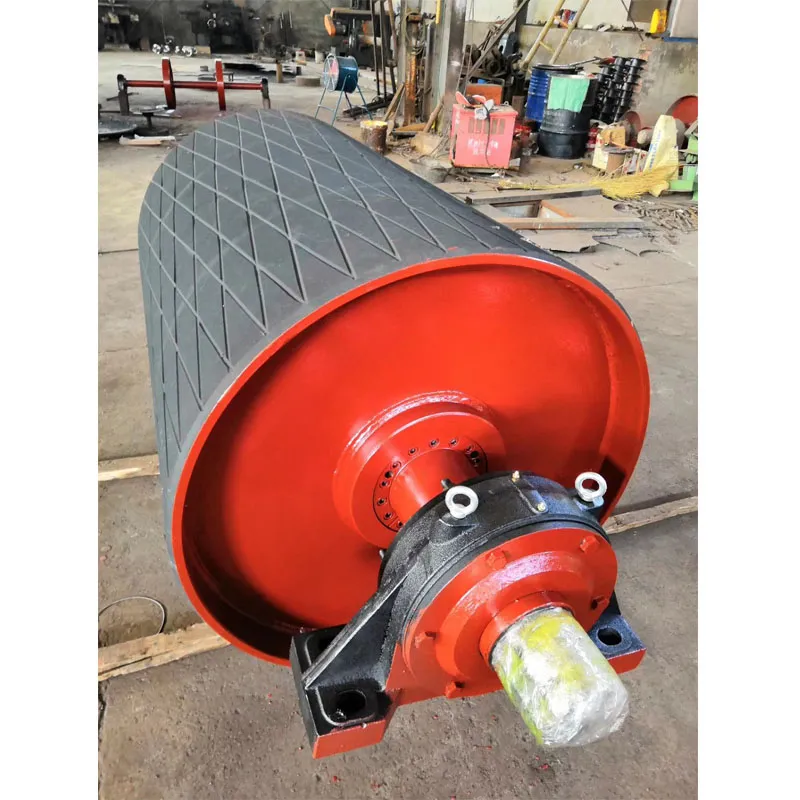
(conveyor belt motor selection)
FAQS on conveyor belt motor selection
Q: How to select a conveyor belt motor?
A: Evaluate the conveyor's load weight, belt speed, and friction. Calculate torque and power requirements. Choose based on efficiency and environmental factors.
Q: What calculations are needed for conveyor motor selection?
A: Perform load force and torque calculations. Factor in belt incline and acceleration needs. Include power demands with a safety margin.
Q: Why is motor selection critical for conveyor systems?
A: It ensures efficient power transfer and reliability. Incorrect choices cause downtime or failures. Always match motor specs to conveyor demands.
Q: How do environmental factors affect conveyor motor selection?
A: Dust or moisture requires sealed motors. High temperatures demand heat-resistant models. Assess duty cycles for durability.
Q: What motor types suit conveyor belt applications?
A: AC induction motors are common for constant speed. Gearmotors work for high-torque needs. Variable speed drives offer precise control.

